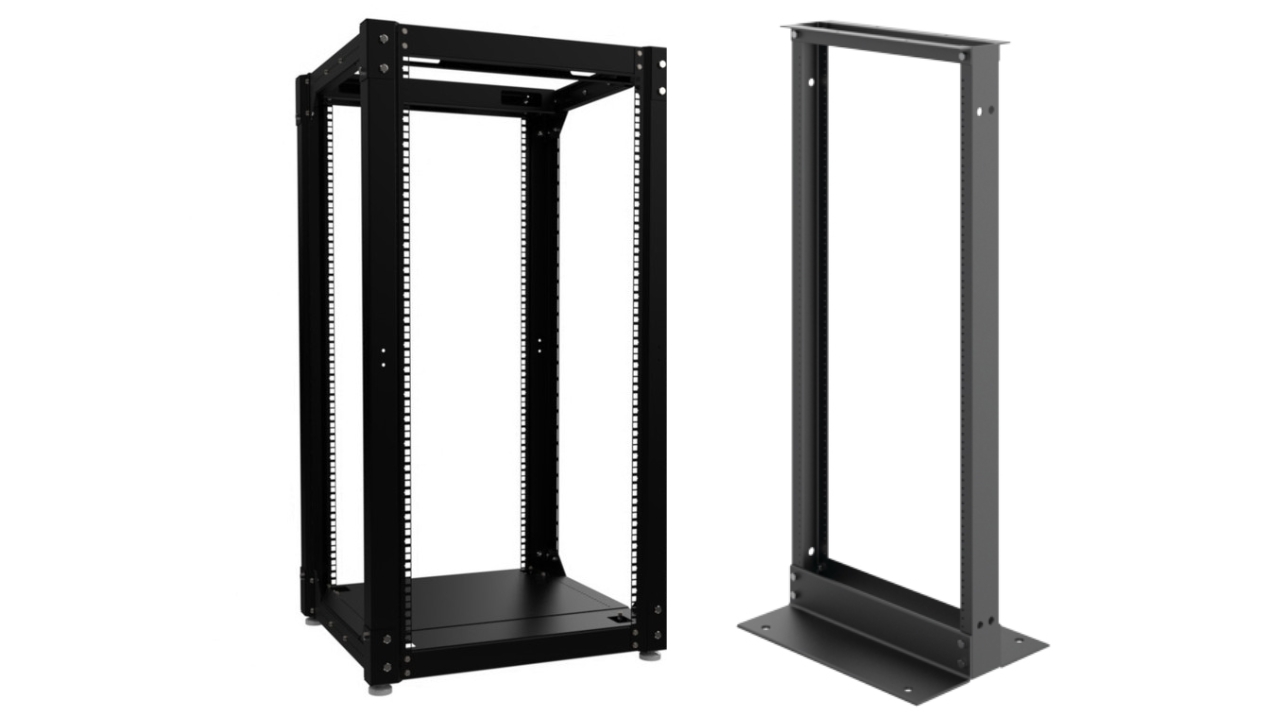Making a choice between a 2-post vs 4-post rack plays a vital role for better equipment organization as well as support. Understanding the benefits, differences, and applications of both types helps in making the best choice that suits your needs.
What Is a 2-Post Rack?
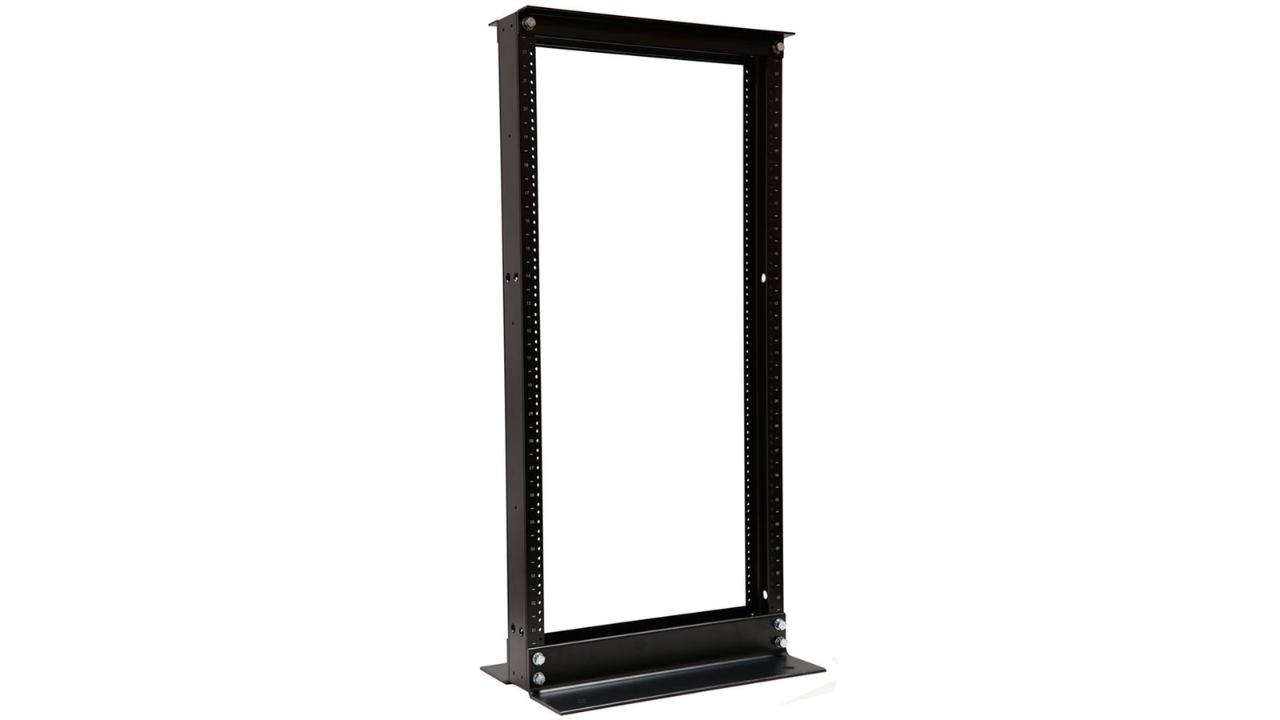
A 2-post rack features two vertical posts that support lightweight equipment such as routers, patch panels, and more. Also referred to as a relay rack, it has a simple structure, which makes it a space-saving solution for securing your lightweight equipment. Commonly made of aluminum or steel, this rack needs additional support if you are securing heavyweight devices. Therefore, it isn’t a perfect option for housing heavier devices.
What Is a 4-Post Rack?
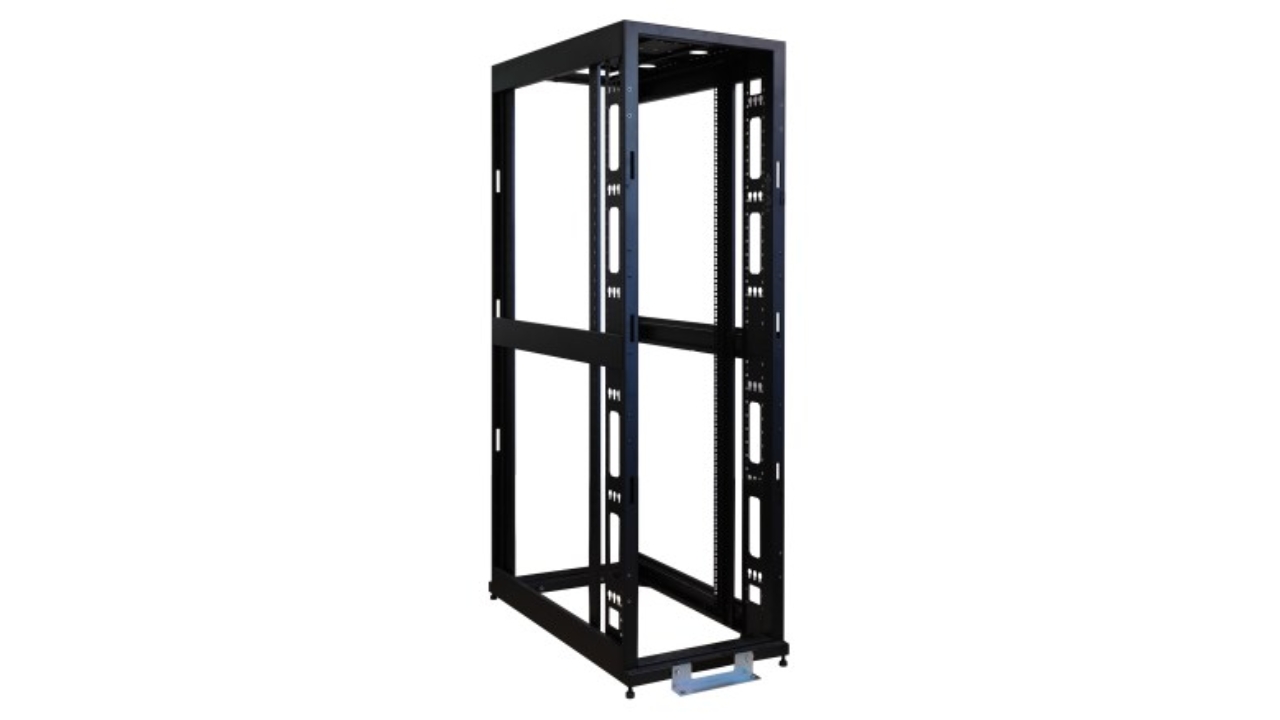
A 4-post rack has four vertical posts which offers great support and sturdiness. It is a reliable equipment rack commonly made of aluminum or steel. You can use a 4-post rack to secure and support heavier equipment like enterprise hardware, storage units, and heavy servers. Due to its adjustable depth options, it offers even weight distribution, better airflow, and safe mounting. Therefore, you can consider it a reliable option for your server rooms and data centers.
How Does a 2-Post Rack Differ from a 4-Post Rack?

While both racks are greater for securing and housing your IT equipment, it is important to understand what each rack offers and when to use them. Therefore, you need to know how each differs in terms of their functions, structure, and applications.
Structure
A 2-post rack has a simple structure as it features only two posts. This makes it a more suitable option for securing lightweight networking devices. You can either mount your 2-post racks on a wall or place them on the floor. To ensure stability, this rack is usually compatible with flush-mounted or center-mounted equipment.
A 4-post rack offers better stability since it features four vertical posts. The additional posts help to strike a balance between stability and integrity. Also, it features adjustable depths and as such, you can use it for housing different sizes of equipment. Due to its added stability, you can use it for heavier IT equipment.
Weight Capacity
The difference between these two racks also lies in their weight capacity.
A 2-post rack can handle lighter IT devices like network switches, path panels, and small servers. This rack doesn’t have the strength to support heavy equipment. Generally, its weight capacity ranges between 150 and 300 pounds. Therefore, you can consider it a suitable option in an IT environment where you need to house or support lightweight equipment.
On the other hand, a 4-post rack can support and secure heavy equipment. Due to the additional vertical post it features, it can support storage devices and enterprise-grade servers. Their weight capacity is greater than that of a 2-post rack, therefore, you can use them for large-scale IT equipment. Its four-post structure contributes to even distribution of weight and as such, ensure a great balance when housing heavy equipment.
Mounting compatibility
You can use a 2-post rack for equipment with center mount or flush mount. This rack isn’t deep enough, hence heavy equipment needs extra support brackets.
On the other hand, a 4-post rack ensures it secures a device at four separate points. This helps to keep the equipment in a secure position, particularly heavy IT devices. By securing a device at four points, this rack offers stability. Most storage devices and servers can fit in a 4-post rack. Therefore, this rack is more suitable for data centers.
Stability
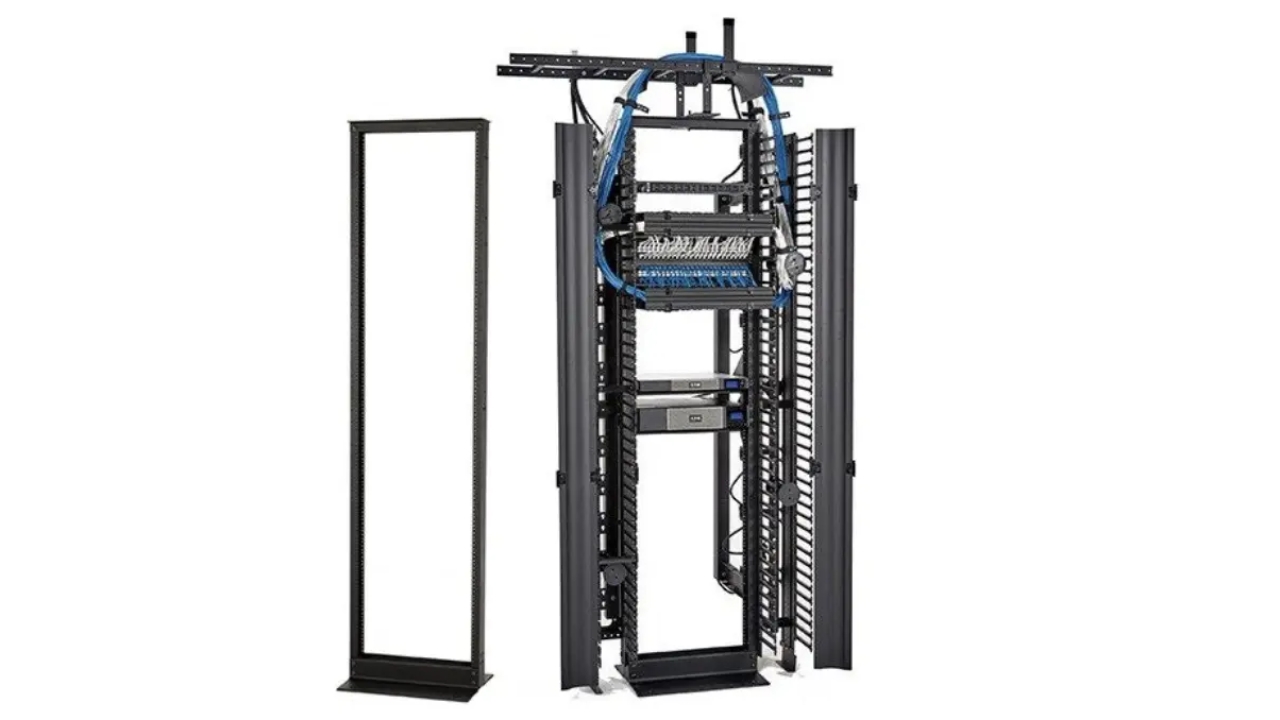
The difference between these two racks can be seen in the level of stability each offers.
Since a 2-post rack has only two vertical posts, they aren’t as stable as a 4-post rack. Also, their lightweight and structure makes them unfit for heavy IT devices. This rack can’t distribute weight evenly and as such can tilt or topple. You can make it more stable by using a bolt to secure it on the wall or floor.
A 4-post rack features four different vertical posts. These extra posts allow even weight distribution which enhances stability. Due to the stability this rack provides, there can’t be any case of titling. Therefore, a 4-post rack is more reliable for housing IT infrastructure. This is suitable in an application environment where there is frequent movement and vibration.
Space
A 2-post rack is a suitable choice to consider if you have limited space. You can use this rack in small areas. Their simple design makes them easy to install on closets or walls. Therefore, you can use them in telecom rooms or offices..
However, a 4-post rack has a large depth and footprint which make it suitable for large space. You need more floor space if you are considering this type of rack. A 4-post rack is usually perfect for server rooms and data centers.
Airflow management
A 2-post rack and a 4-post rack differ in terms of their cooling mechanism and airflow management.
As an open-frame structure, a 2-post rack enabled airflow around IT equipment. This enables the equipment to dissipate internal heat and as such, it is a perfect option for housing routers and switches. 2-post racks, however, may need additional cooling mechanisms especially in high-density settings.
To ensure enhanced security, you might need to enclose your 4-post racks in a cabinet. Although enclosures offer the needed protection, they may cause poor airflow if there is no proper ventilation. A good number of 4-post racks feature other cooling options like fans and perforated doors to keep the temperature cool.
Cost
A 2-post rack and a 4-post rack differ in terms of cost. If you are considering a cost-effective option for housing or securing lightweight IT equipment, choose a 2-post rack. This rack is less expensive since it has a simple structure.
A 4-post rack, however, costs more due to its heavyweight and ability to offer more stability. Also, it features an adjustable depth which a 2-post rack doesn’t have. Although the cost is higher, it offers a cost-effective solution for mounting enterprise hardware and servers.
A 2-post rack and a 4-post rack are both functional for organizing and securing IT equipment. However, they are different in terms of their stability, structural design, weight capacity, and cost.
Conclusion
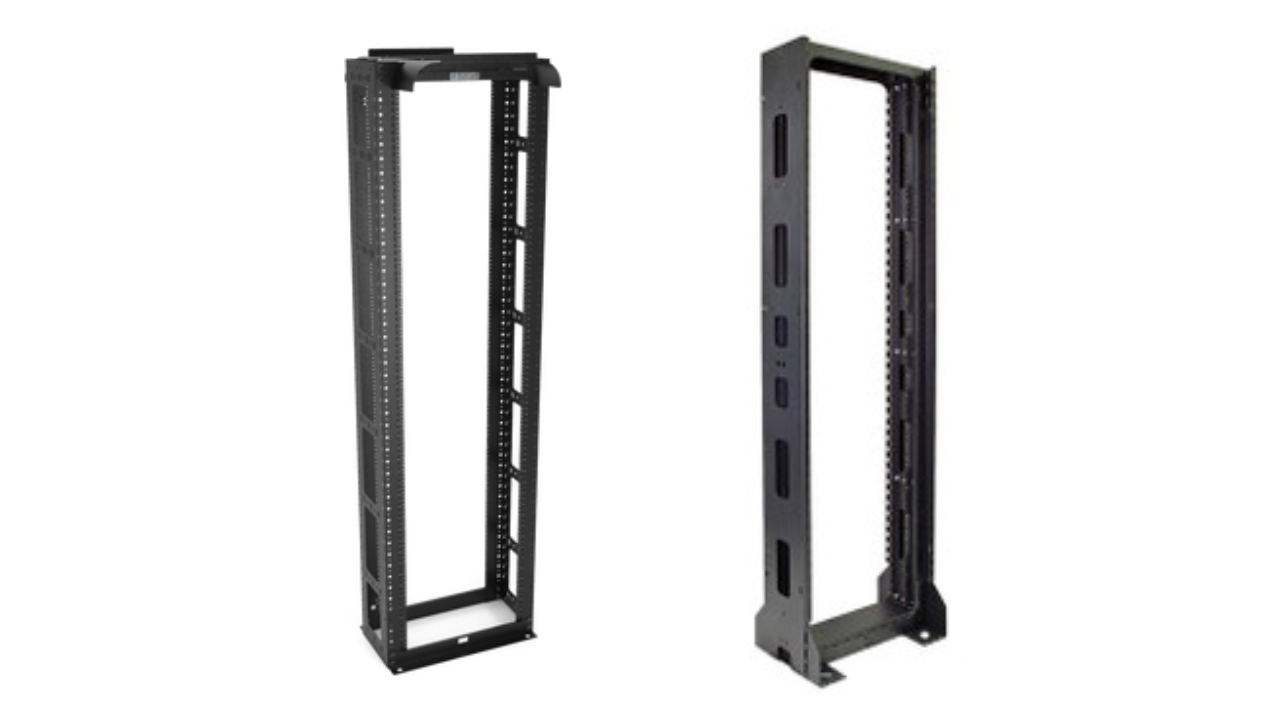
The type of rack you choose depends on your application requirements. Also, you need to consider your budget as each rack comes in different prices. You can visit KDM Steel today for your high-quality and affordable racks.



